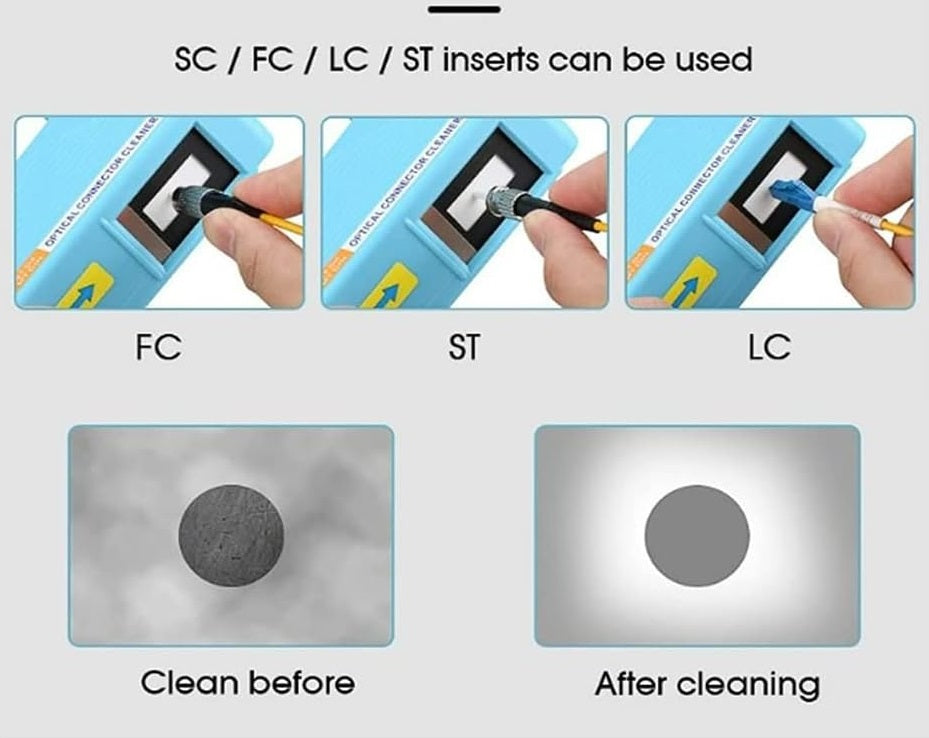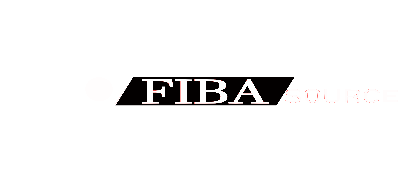
The Importance of Fibre Optic Cable Cleaning and Maintenance: Best Practices
Share
Introduction:
Fibre optic cables are the backbone of modern communication networks, transmitting vast amounts of data over long distances with unparalleled speed and reliability. However, even the most advanced fibre optic cables can suffer from performance degradation and signal loss if not properly maintained. In this comprehensive guide, we'll explore the importance of fibre optic cable cleaning and maintenance and provide best practices to ensure optimal performance and longevity of your fibre optic infrastructure.
Why Fibre Optic Cable Cleaning and Maintenance Matters:
- Prevention of Signal Loss: Contaminants such as dust, dirt, and oil can accumulate on fibre optic connectors and end faces, leading to signal loss, attenuation, and network downtime.
- Improvement of Signal Quality: Regular cleaning and maintenance of fibre optic cables help ensure optimal signal quality and integrity, minimising errors, packet loss, and latency in data transmission.
- Enhancement of Network Reliability: Clean and well-maintained fibre optic cables contribute to a more reliable and stable network infrastructure, reducing the risk of service disruptions and downtime.
- Prolongation of Equipment Lifespan: By reducing the accumulation of contaminants on connectors and end faces, proper cleaning and maintenance can prolong the lifespan of fibre optic equipment and components, saving time and money on replacements and repairs.
Best Practices for Fibre Optic Cable Cleaning and Maintenance:
- Use Proper Cleaning Tools and Solutions:
- Use specialised fibre optic cleaning tools such as lint-free wipes, cleaning pens, block cleaners and connector cleaners designed specifically for fibre optic connectors and end faces.
- Avoid using abrasive materials or alcohol-based solutions that may damage or degrade the optical surfaces of connectors.
- Inspect Connectors and End Faces Regularly:
- Perform visual inspections of fibre optic connectors and end faces using a fibre optic inspection microscope or visual fault locator (VFL) to identify contamination, scratches, or defects.
- Inspect connectors before and after each connection or disconnection to ensure cleanliness and proper alignment.
- Clean Connectors and End Faces Properly:
- Clean connectors and end faces using a dry-cleaning method, followed by a wet cleaning method if necessary.
- Use a lint-free wipe moistened with a fibre optic cleaning solution or isopropyl alcohol to gently remove contaminants from the end face in a circular motion, avoiding unnecessary pressure or friction.
- Follow Correct Cleaning Procedures:
- Follow manufacturer-recommended cleaning procedures and guidelines for specific types of connectors and end faces.
- Clean connectors and end faces in a controlled environment with minimal dust and airborne particles to prevent recontamination.
- Document Cleaning and Maintenance Activities:
- Keep detailed records of fibre optic cable cleaning and maintenance activities, including dates, locations, and cleaning methods used.
- Establish a regular cleaning schedule and adhere to it consistently to ensure ongoing cleanliness and performance of fibre optic cables.
Conclusion:
Effective cleaning and maintenance of fibre optic cables are essential for ensuring optimal performance, reliability, and longevity of your network infrastructure. By following best practices such as using proper cleaning tools and solutions, inspecting connectors regularly, and adhering to correct cleaning procedures, you can minimise signal loss, improve signal quality, and enhance the reliability of your fibre optic network. Whether you're managing a small-scale office network or a large-scale data centre, prioritising fibre optic cable cleaning and maintenance will help you maximise the efficiency and effectiveness of your communication infrastructure.
By implementing these strategies and actively promoting your comprehensive guide on fibre optic cable cleaning and maintenance, you can attract organic traffic to fibasource.com and establish your website as a trusted resource for fibre optic technicians, network administrators, and businesses seeking to optimise their fibre optic networks.
